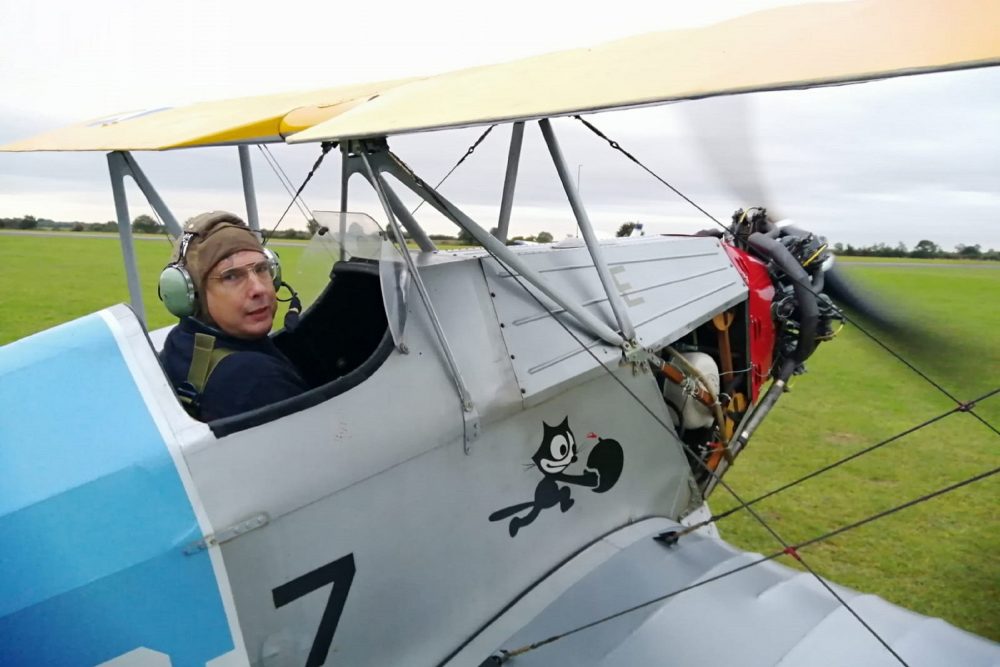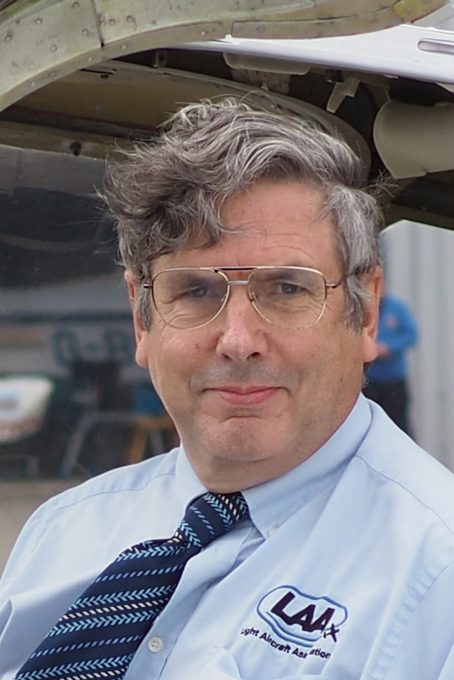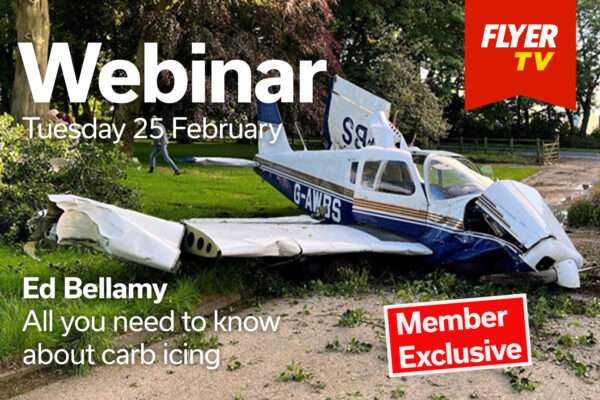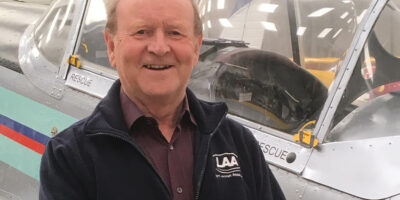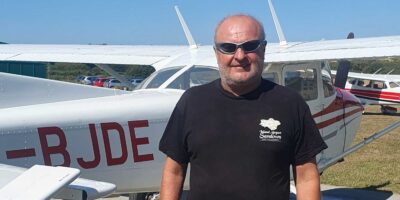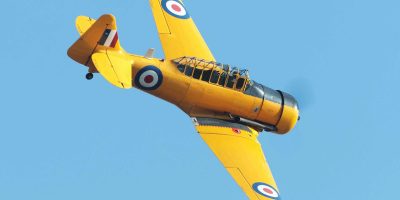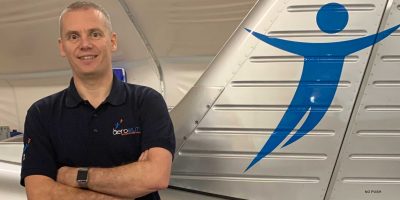How did you get into aviation?
When I was growing up, my father and older brother were into making model aeroplanes. I followed suit and we’d spend most Sundays flying them at the local club site. My father loved to make things – a boat, kit cars, electronics – so having had my own toolkit from the age of about four, becoming interested in homebuilt full-size aircraft came very naturally.
How did your flight training go?
At 14, I took a week-long gliding course, and having built and flown many R/C models, the actual flying, done on open cockpit Slingsby T.21 gliders, seemed plain sailing. I was much more worried by taking my turn driving the tractor that towed the gliders around – and very relieved they never asked me to be the winch driver.
“In 20 years or so I think we’ll find that electric power will probably be the norm”
Aged 25, although living in Salisbury, I trained for my PPL at Cranfield where a quirky club offered initial training in an old Auster, a basic non-radio taildragger. You had to hand-swing the prop and manage with brakes that hardly worked, with the instructor shouting in your ear. For me, it was a chance to learn to fly in the fashion of the 1930s, and after that, I never felt intimidated by modern stuff.
Any nerves for your first solo?
No, I wasn’t nervous. Provided the engine kept going (which was someone else’s responsibility) I was sure I could get round the airfield and down again in one piece. I was more concerned about not getting in anybody’s way – Cranfield was very busy in those days with circuits in both directions as well as gliders, balloons and vintage jets.
Learning cross-country flying was much more of a challenge in those pre-GPS days. My biggest fear was getting lost. Navigating by map, watch and compass, things can soon get very confusing, with the potential ignominy of barging into controlled airspace or having to land in a field to ask the way. But we managed!



